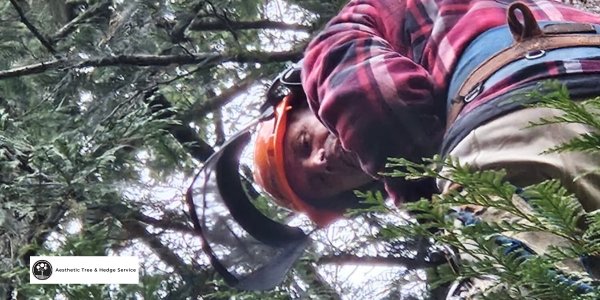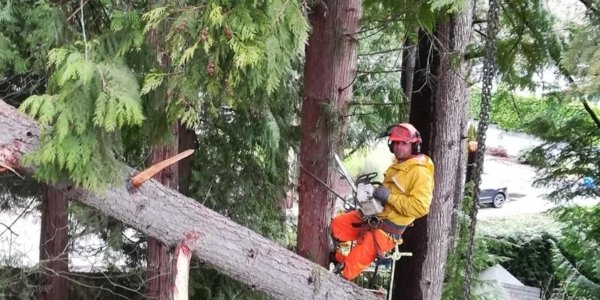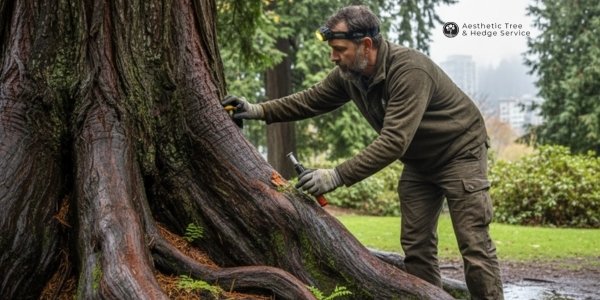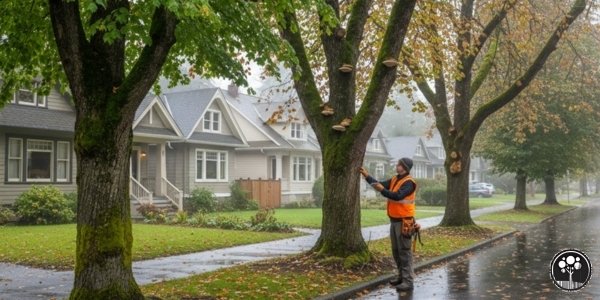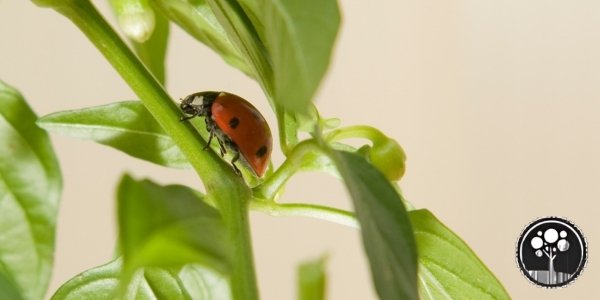Information about how the bees are gradually depleting in their numbers has most likely got around to everyone. I think there might be a misconception that they only pollinate flower bearing plants, however that is not true. Bees also pollinate trees despite them mainly being pollinated by the air.
Imagine how few trees and other plants there would be if bees didn’t exist. Forests are unlikely to be the same if they were never present. Insects that pollinate are incredibly important to the upkeep of plant communities and their ecosystems.
Trees are a common habitat for bees surprisingly enough. They don’t only create their hives on the branches that we so commonly see and exterminate. The majority of bees have a variety of locations that they usually inhabit while they are not out pollinating. In a previous article, we talked about how insects have different eating methods. One of these specific eating methods results in the bees having a home.
Bark beetles bore under the bark during their lifecycle. Bees have found these cavities to be rather comfortable when they are looking for a spot to nest. So, despite how devastating some of these insect attacks can be, they do serve their benefits. On the other hand however Bumble Bees nest in abandoned rodent holes, whereas feral bees resort to hollows in trees. Like any other animal, bees use a variety of materials to create their nests.
Trees pollen carries the male genetic material. You can usually notice tree pollen around spring time; it’ll have a yellowish cloud of granular material. Interestingly enough, those of us that suffer from allergies in Coquitlam now know that when pollen in inhaled by chance that is actually what causes our unpleasant allergies. However, this cycle of airborne pollination is what trees need in order to continue striving and evolving in their environment.
Airborne pollination does depend on the location of the tree. If it is higher up on the latitude and elevation scale then it’ll have a better chance of getting pollinated by the wind. On the other hand though if we were reporting out of a rain forest it would be a different story. The pollination there relies more on the help of animals, specifically the insect variety.
Wind pollination is the most productive in open areas. However, although the trees with cones and flowers that are exposed to the wind do get pollinated at a likelier rate, the flowers that are growing under this range aren’t getting very much help from the wind when it comes to needing to be pollinated.
Both conifers and broadleaved trees have an easier time being pollinated by the wind. Additionally, the trees that rely solely on wind pollination tend to expel an excess amount of pollen in order to successfully fulfill their pollination quota.
This may seem like a good strategy, but realistically it isn’t. Although some pollen has the ability to travel a long distance, the reality of it is that most of the pollen particles end up resting close to the tree that released it, to begin with.
